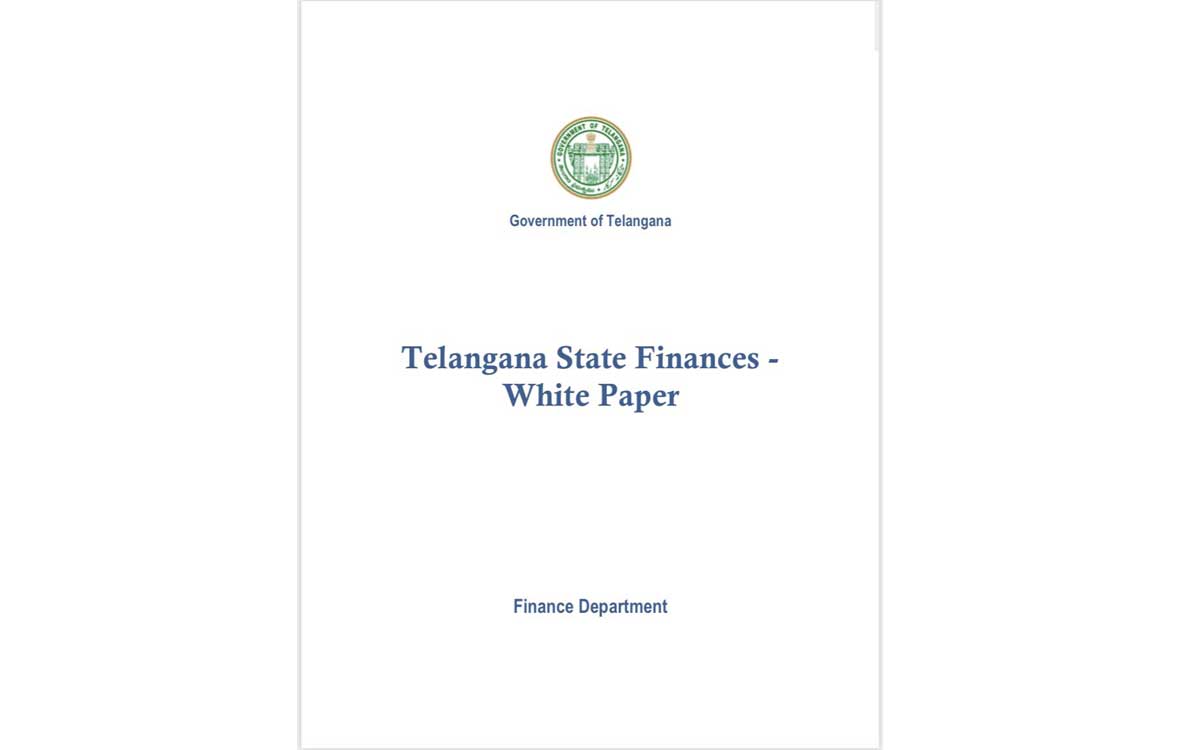White papers serve as versatile instruments for governments, enabling effective communication, engagement with stakeholders, and the steering of policy development and implementation.
Updated On – 08:35 PM, Wed – 20 December 23

Hyderabad: The Telangana government placed a white paper on the State’s finances in the Legislative Assembly on Wednesday. Presented by Deputy Chief Minister and Finance Minister Mallu Bhatti Vikramarka in the Assembly, the white paper stated that Telangana, which was a revenue surplus State in 2014, is now stating at a debt crisis.
What are white papers and why are they placed in front of the Legislative Assemblies or the Parliament?
A white paper is a comprehensive and authoritative document that presents information, analysis, and solutions to address a particular issue or problem. Typically used in business, technology, and government contexts, white papers aim to educate readers and help them make informed decisions.
Governments often place white papers on the Table of the House in Legislative Assemblies and the Parliament for several reasons including putting out facts of finding solutions to issues at hand or to produce the government’s goals.
White papers serve as versatile instruments for governments, enabling effective communication, engagement with stakeholders, and the steering of policy development and implementation. Their pivotal role lies in fostering transparency, ensuring accountability, and promoting public involvement in the governance process.
Policy development, analysis, transparency, accountability, information, education or setting agendas are some of the common reasons why governments produce white papers.




